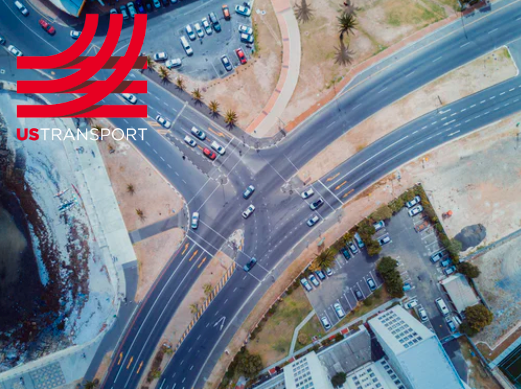The Federal Motor Carrier Safety Administration’s Commercial Driver’s License Drug and Alcohol Clearinghouse will be coming into effect shortly, on January 6th of 2020. What does this mean for you and your future career as a truck driver? Here, we’ll define FMCSA’s new database and what this means for the industry.
The Drug and Alcohol Clearinghouse is a secure, online database containing driver’s drug and alcohol violations on and after January 6th. After this date, these violations will become visible for registered employers, the FMCSA, SDLAs, and State Law Enforcement personnel. The violations, including positive drug or alcohol test results and test refusals, will stay in the database for five years until the holder completes the return-to-duty (RTD) process and the follow-up testing plan (although the information will be archived by the FMCSA). Since the only violations added to the clearinghouse will be the DOT testing, this will not include any additional pre-employment tests conducted by fleets.
Although it’s free to register for the clearinghouse, drivers are only required to do so in order to view their data, to give a carrier electronic permission to search their record or to contact one of the substance abuse professionals (SAPs) to start the RTD process. If one does acquire a violation, the information is sent to the driver through mail or email and is stored in the clearinghouse by the person’s date of birth and CDL number. While the violation does not prevent an employer from hiring a driver, the violations are linked between states despite the different CDL. This is meant for the employer to become completely aware of the employee they’re hiring. On the other hand, it should be understood that upon reviewing one’s information on the clearinghouse, the driver can potentially correct the record with FMCSA if there is a discrepancy.
As stated above, drivers are not required to register. However, drivers must allow permission for others to access the information and therefore, may need to register before employment under a new agency. If the permission is refused, the employer may decline the driver’s application. Note that during the first three years of the clearinghouse, it’s required for the motor carriers to check with a driver’s previous employers for their drug test information from the past three years.
The Drug and Alcohol Clearinghouse is ultimately a tool created to maximize safety and transparency within the industry. Rather than drivers changing from company to company, endangering themselves and the public, the companies will receive full knowledge of the employees they’re hiring. While the clearinghouse may prolong the employment process for each individual, it’ll protect drivers who have submitted to the alcohol and drug treatment programs and promote safety on the road.
At US Transportation, employee safety is one of our primary goals. If you’re looking to join a team driven by transportation excellence and are an experienced driver, apply today and receive a $5,000 sign-on bonus.


Recent Comments